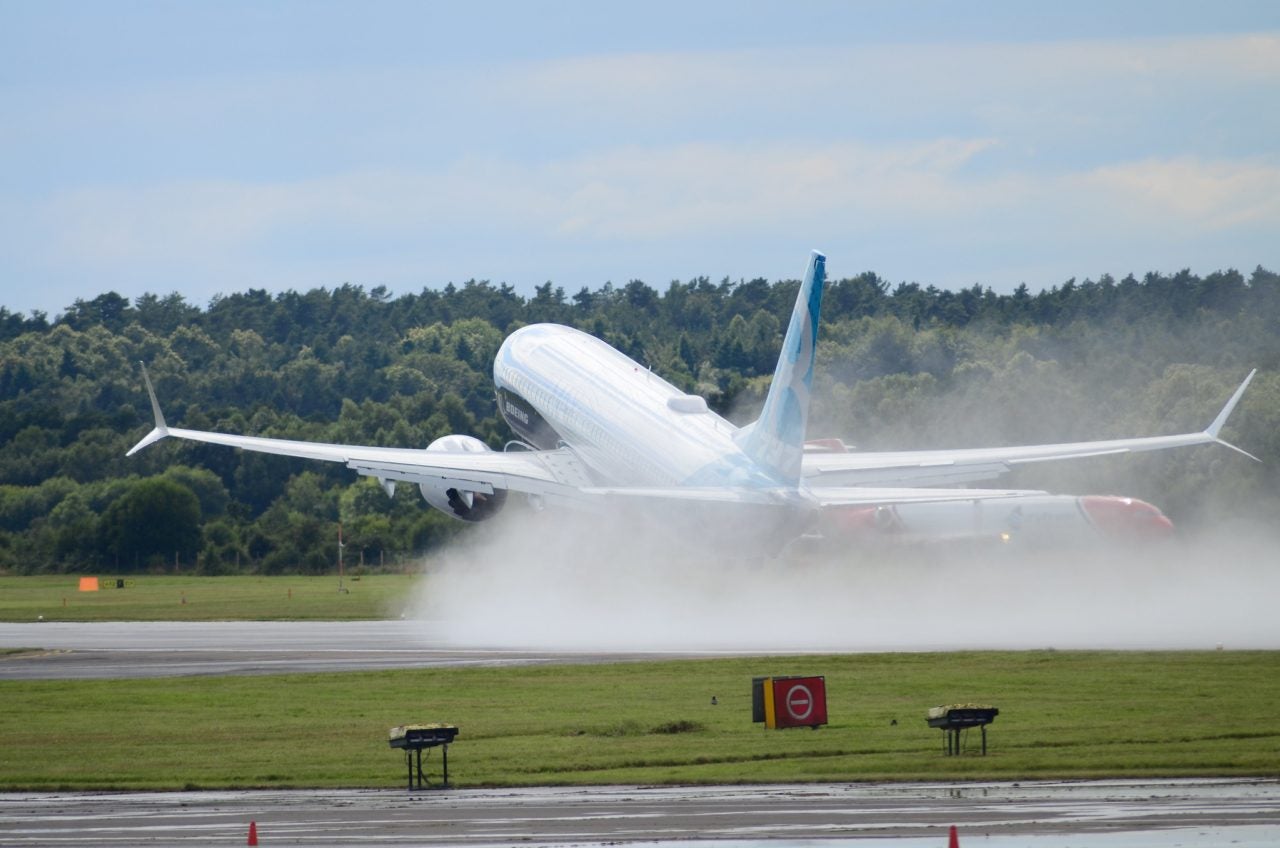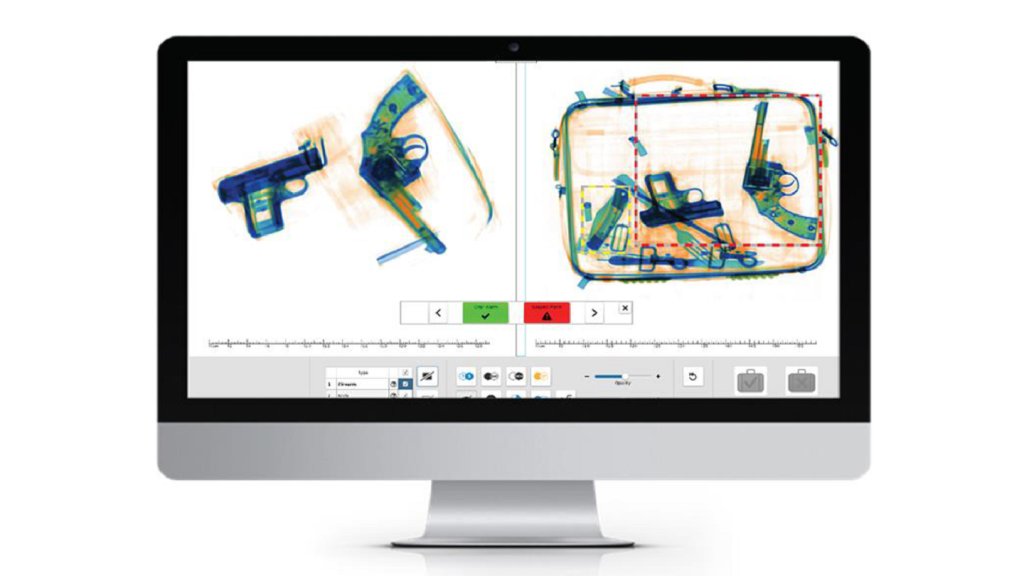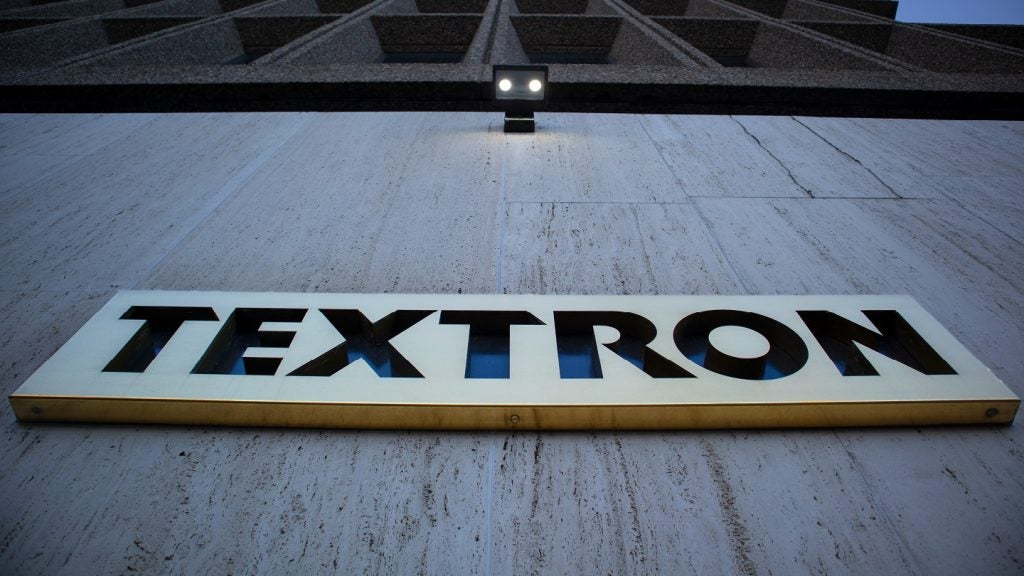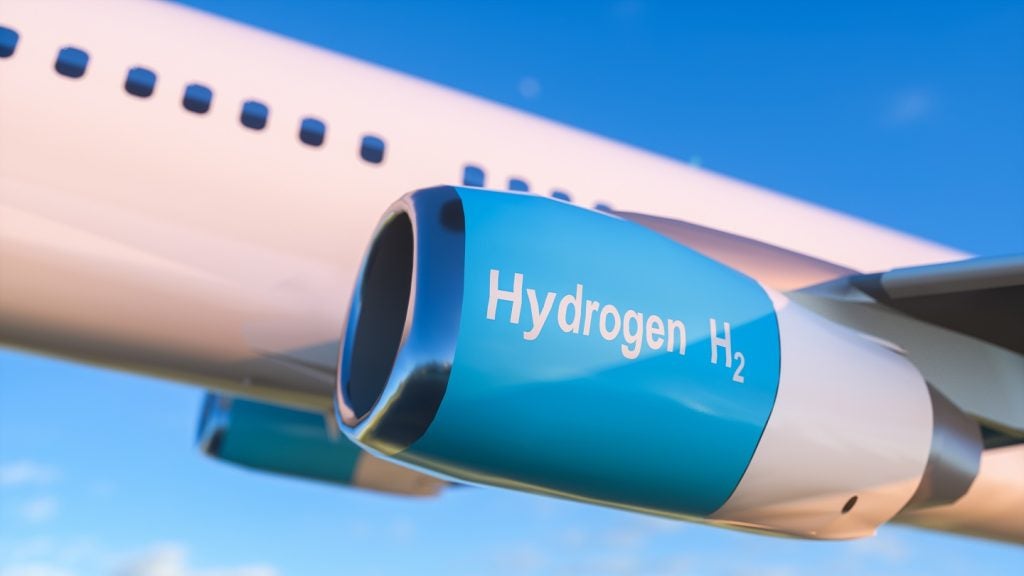
The second anniversary of the Ethiopian Airlines 2019 crash, which resulted in the death of 156 people, was marked on 10 March. That Boeing 737 MAX had left the Ethiopian capital of Addis Ababa en route to Nairobi six minutes earlier, when it came crashing down to earth.
Sadly, the horrific crash was not an isolated incident. Less than five months earlier, another Boeing 737 MAX was involved in an incident off the coast of Indonesia. The aircraft, operated by Indonesian operator Lion Air, took off from Jakarta’s airport on 29 October 2018, but crashed into the sea 13 minutes, claiming the lives of all 190 passengers and crew.
Two crashes in the span of five months forced operators and governments to retire the Boeing 737 MAX’s 387-strong fleet in March 2019, sparking conversations on aircraft security.
As more than two years have passed, do we know why those incidents took place and, most importantly, did the industry take steps to make sure it never happens again?
Investigating causes and responsibilities
On the same the day the 737 MAX fleet was grounded, the US Transport and Infrastructure Committee and Subcommittee on Aviation launched an investigation into the crashes and any alleged responsibility held by Boeing and the Federal Aviation Administration (FAA).
How well do you really know your competitors?
Access the most comprehensive Company Profiles on the market, powered by GlobalData. Save hours of research. Gain competitive edge.

Thank you!
Your download email will arrive shortly
Not ready to buy yet? Download a free sample
We are confident about the unique quality of our Company Profiles. However, we want you to make the most beneficial decision for your business, so we offer a free sample that you can download by submitting the below form
By GlobalDataChaired by congressmen Peter De Fazio and Rick Larsen, the investigation lasted a year-and-a-half, and the congressmen released their final reports last September.
Between May and December 2019, the committee held hearings with all parties involved – including FAA and the National Transportation Safety Board, airline representatives and victims’ family members. Both then Boeing CEO Dennis Muilenberg and FAA administrator Stephen Dickson were called to testify.
The US Department of Transportation was also involved when it came out that Boeing had withheld information from the FAA and the committee.
In a letter to former Transportation Secretary Elaine Chao, De Fazio argued that emails between FAA and Boeing employees “indicating improper cosiness between the regulator and the regulated—cosiness which I prohibited in legislation in 1996.”
“On behalf of the victims and their loved ones, as well as the entire flying public, safety must always be the priority,” he wrote. “I expect your full cooperation going forward.”
Faulty technical assumptions, lack of transparency and insufficient oversight
De Fazio and Larsen released their final report in September 2020. What emerged was Boeing’s production pressure to compete with Airbus’s new aircraft model led to a series of technological and design failures, especially regarding the manoeuvring characteristics augmentation system (MCAS), the software which brings the aircraft’s nose down.
As reported by the BBC, the MCAS technology was found to be the cause behind both incidents, because – triggered by signal malfunction – it pushed both planes down, without allowing pilots to respond in time.
What was also highlighted is that Boeing, having influence over the FAA oversight structure, withheld information about the MCAS and the response times pilots should have looked for.
“Our report lays out disturbing revelations about how Boeing – under pressure to compete with Airbus and deliver profits for Wall Street – escaped scrutiny from the FAA, withheld critical information from pilots, and ultimately put planes into service that killed 346 innocent people. What’s particularly infuriating is how Boeing and FAA both gambled with public safety in the critical time period between the two crashes,” de Fazio said.
“Critically, our report gives Congress a roadmap on the steps we must take to reinforce aviation safety and regulatory transparency, increase Federal oversight, and improve corporate accountability to help ensure the story of the Boeing 737 MAX is never, ever repeated.”
A few days after the report was published, De Fazio and Larsen unveiled a bipartisan legislation to improve the regulatory process.
The bill, which was eventually passed by the Congress and signed into law under the name of Aircraft Certification, Safety and Accountability Act, improved the FAA’s process for certifying aeroplane designs and required manufacturers to complete system safety assessments.
The law also demands for Boeing to be evaluated, especially as regards its safety culture.
“Congress has an obligation to the 346 victims of the two Boeing 737 MAX crashes and their families, as well as the traveling public, to ensure the safety of air travel,” Larsen commented. “This bipartisan legislation will help restore the integrity of the aircraft certification process by improving aviation safety culture.”
MAX 737 flies again around the world: the reactions
Two months after the US Transport and Infrastructure Committee’s report was published, the FAA published an order that ungrounded the MAX 737, and allowed the fleet to fly commercially again.
The conditions for the green light, the FAA explained, was that Boeing had provided significant design changes improving its safety and would improve requirement for pilot training.
The move sparked criticism in the US, with the US Senate Committee on Commerce Science and Transport – which led a parallel inquest to the House Committee on Transport and Infrastructure – issuing a report that highlighted faults within the new re-certification process.
As reported by NPR, the committee found evidence of FAA officials and Boeing execs “establishing a predetermined result” to the test.
“It appears, in this instance, FAA and Boeing were attempting to cover up important information that may have contributed to the 737 MAX tragedies,” read the report published in December 2020.
In an email to NPR, the FAA said that the allegations were unsubstantiated.
The Senate’s committee is not the only one who is still accusing Boeing of not having made the necessary adjustments.
Former senior manager Ed Pierson released on 21 January a paper saying the issues with Boeing 737 MAX were still not fixed. Pierson, who worked at Boeing’s 737 factory in Seattle, said that factories in Boeing factories in the state of Washington suffered chronic part shortages and limited supply of equipment.
Despite the criticisms, other national aviation authorities such as Canada and Brazil gave the green light to the 737 MAX fleet. In January the European Union Aviation Safety Agency (EASA) said found that Boeing 737 MAX met all the conditions for its safe resumption of operations, declaring it safe two days later.
Victims’ association ‘Flight ET 302 Solidarity and Justice’ contested the move calling it “premature, inappropriate and still dangerous.”
“We are not either convinced or reassured by the work of EASA who has preferred the argument of authority compared to demonstration and learning,” said the association’s president Virginie Fricaudet. “We will always have a doubt to whether the security imperative took precedence over Boeing’s commercial interests, which EASA’s decision saves from the economic slump.”







